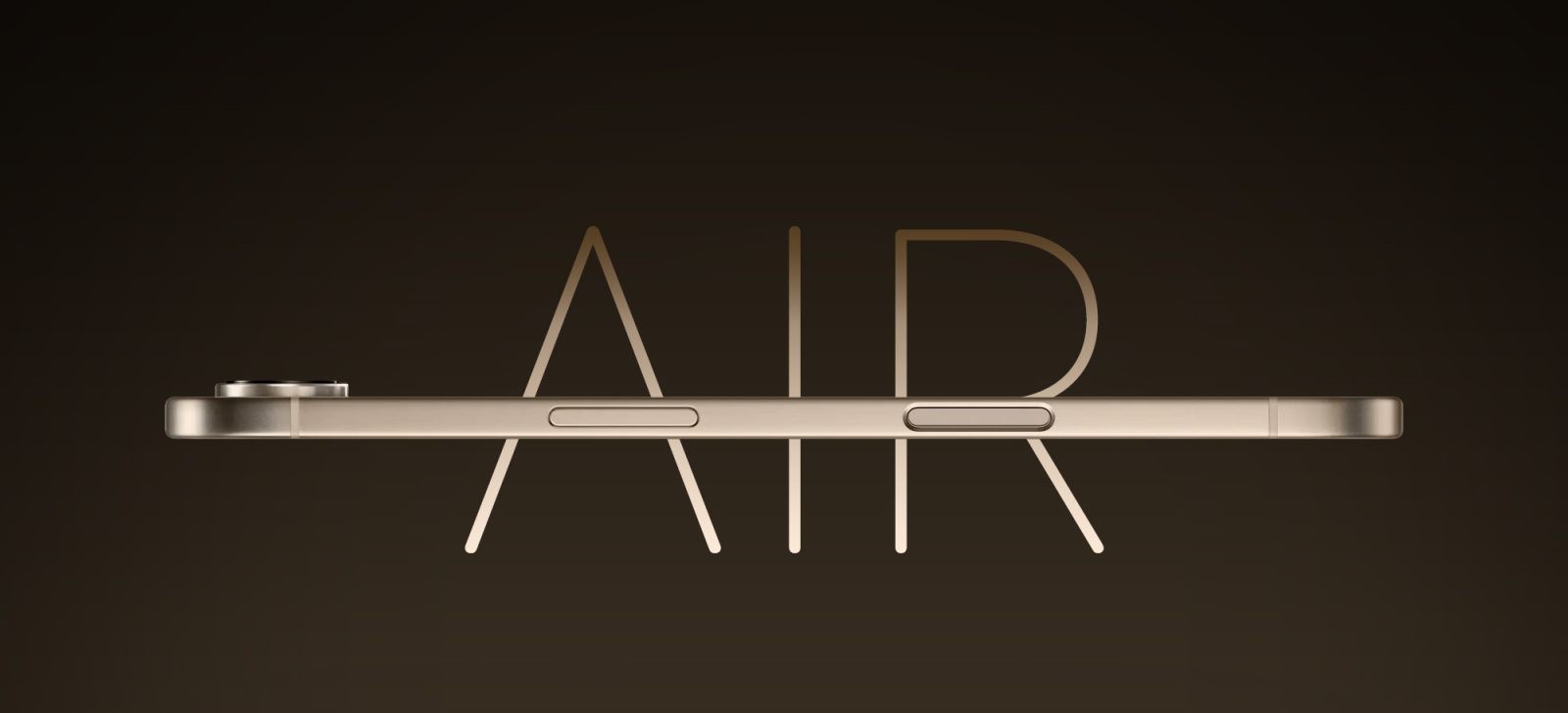Apple is poised to introduce the iPhone 17 Air, an ultra-thin smartphone that could redefine the company’s product lineup. This strategic move carries potential risks, particularly concerning its impact on the sales of the higher-priced Pro models. However, the anticipated benefits may outweigh these concerns.
A New Era in Design
The iPhone 17 Air is expected to feature a significantly slimmer profile compared to its predecessors. Reports suggest a thickness of approximately 6.25mm, making it one of Apple’s thinnest devices to date. This design shift aims to cater to consumers seeking a sleek and lightweight smartphone experience.
Potential Impact on Pro Model Sales
The introduction of the iPhone 17 Air raises questions about its effect on the sales of the iPhone 17 Pro and Pro Max models. Traditionally, Apple’s Pro models have been the premium offerings, boasting advanced features and commanding higher prices. The Air’s appealing design and potentially lower price point could attract customers who might have otherwise opted for a Pro model, potentially leading to a decrease in Pro model sales.
Strategic Considerations
Despite the potential for cannibalization, Apple’s decision to launch the iPhone 17 Air appears to be a calculated risk. The smartphone market has seen a plateau in design innovation, with recent models offering incremental updates rather than groundbreaking changes. By introducing a device with a fresh and distinctive design, Apple aims to reignite consumer interest and excitement.
Balancing Form and Function
Achieving the ultra-thin design of the iPhone 17 Air may necessitate certain compromises. Reports indicate that the device might feature a single rear camera, a departure from the multi-camera setups found in current models. Additionally, to maintain battery life within the slim form factor, Apple is reportedly implementing higher energy density batteries and more efficient components. These trade-offs reflect Apple’s focus on delivering a unique design while maintaining essential functionality.
Market Positioning and Pricing
The iPhone 17 Air is expected to replace the Plus model in Apple’s lineup, with a starting price around $899. This positions it below the Pro models, making it an attractive option for consumers seeking a premium design without the higher cost associated with Pro features. This pricing strategy could broaden Apple’s market appeal and attract a diverse customer base.
Consumer Reception and Future Outlook
Initial reactions to the iPhone 17 Air’s design have been positive. Hands-on experiences with dummy models have elicited excitement, with some reviewers suggesting that the device’s feel and aesthetics could make it a preferred choice over other models. This enthusiasm indicates that the iPhone 17 Air has the potential to become a significant player in Apple’s product lineup.
Conclusion
Apple’s introduction of the iPhone 17 Air represents a bold step towards innovation in smartphone design. While the move carries inherent risks, particularly concerning its impact on Pro model sales, the potential to rejuvenate consumer interest and set new design standards presents a compelling case for this strategic decision. As the smartphone market continues to evolve, the iPhone 17 Air could play a pivotal role in shaping the future of mobile devices.



